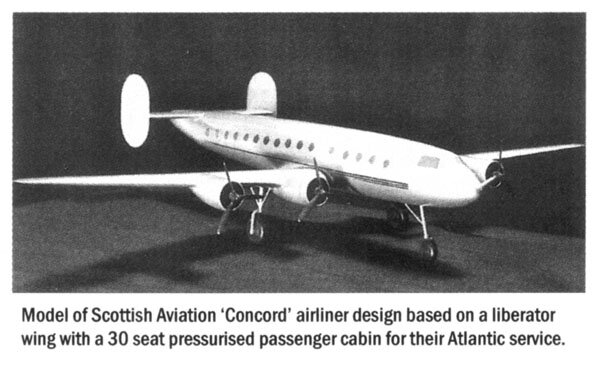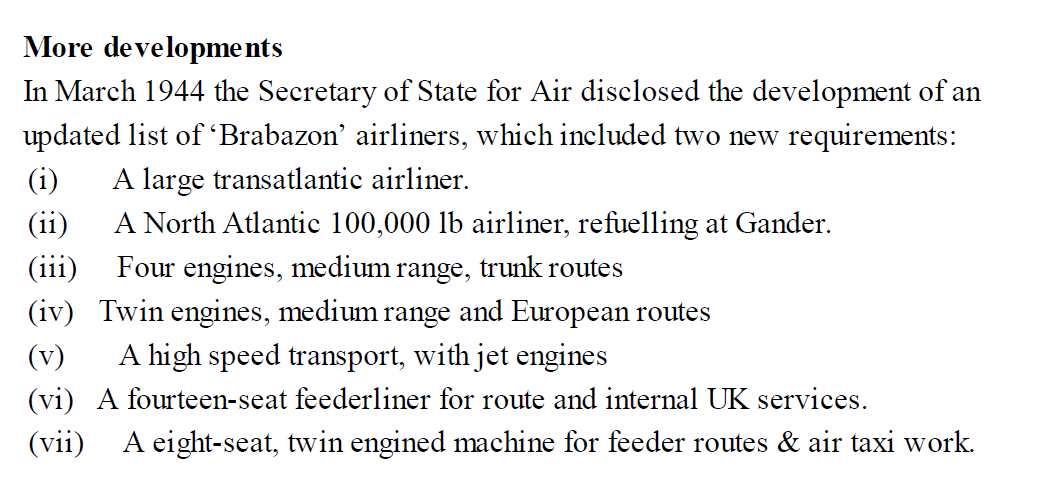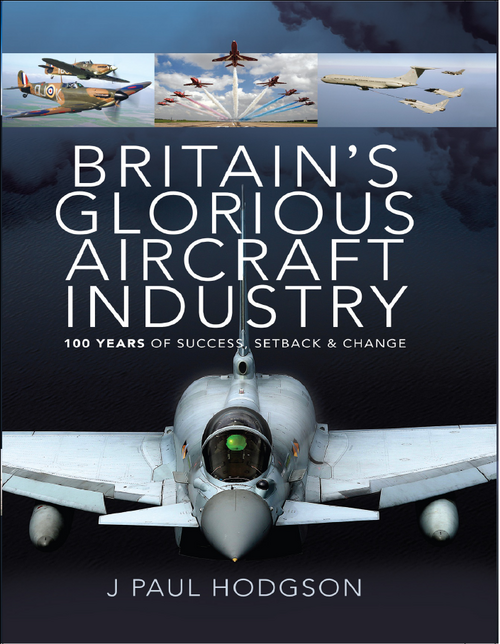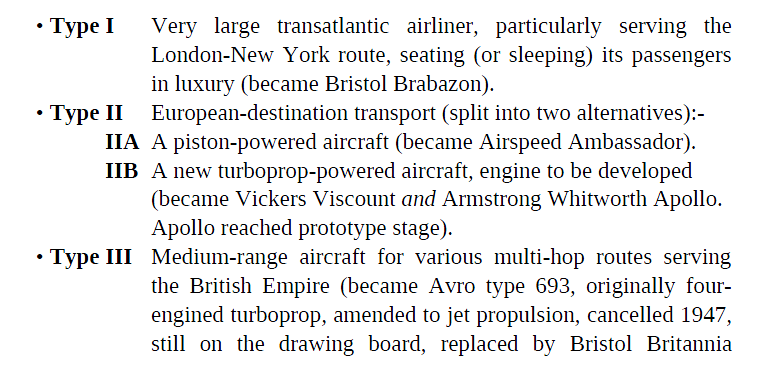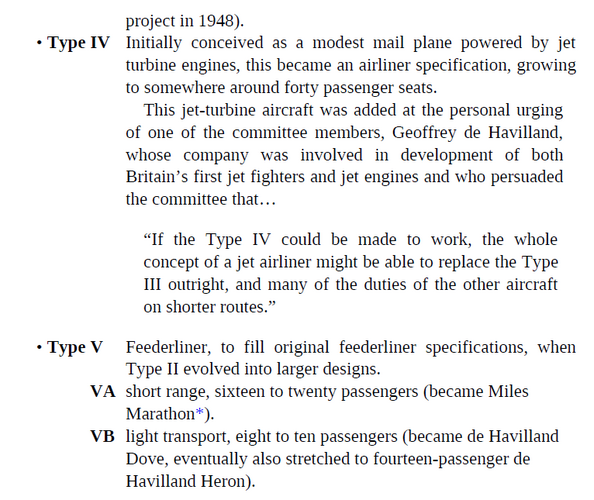Hesham: is tongue in cheek with the Q: did others Bid Type III? Which Type III? There were many.
Brab proudly stated in the Lords after Tudor was grounded that “my Committee never Approved Tudor”. Nor anything else. He had no Budget. Minister of A/c Production, Cripps, did. So, wef 8/8/44 did Lord Swinton (RAF/FAA “boss”, 7/6/35-12/5/38, funding the Expansion Schemes), as new Minister of Civil Avn, “owner” of BOAC). They, not Brab, decided who would do what. Other Ministers meddled. RAF “boss” SoS/Air Sinclair 28/8/44 requested Brab to address flying boats, helis, “private a/c”, cargo: only Bristol T.170 was funded R.Higham,Speedbird,Tauris,14,P60.
Brab's job was to gaze into Peace and guess who might want to pay how much to fly where. We might forgive him for being deluded (?2,000 civil Yorks!).
Cripps job was to put Brab's 5 Types into industry “without impairing the war effort”. He obtained delegated Authority 25/2/43 for modest Study spend on each, so the first award by Bristol East's MP was to a firm failing to make a simple adaptation, Buckingham, of a well-established small twin. He could not put Type 1 to proper people - Avro, HP, Shorts, V-A, who were all trying both to build Heavies NOW! and to evolve Supers for the Pacific.
He decided he could bring Avro into Type III Study 6/43 for XX 687 Civil Lincoln; he also ordered 2 prototype Silver Stirlings, 29/9/43, because he had bought Shorts 23/3/43, had declined all Super Stirlings, so had to find something for them to do.
Brab split Type III 11/43, the above as medium-range IIIA, and longer range IIIB, which Cripps placed as Study, Avro XXI 689, because UK+Canada had agreed, at 12/10/43 Commonwealth Conference on Air Transport, to collaborate to repel Pan Am, post-War, with the Howe-Balfour Aeroplane, named by Conference Chairman Lord Beaverbrook (1940 MAP) “Tudor”, 19/1/44. He insured with Study, 11/43 for a Civil Halifax scheme, HP.64.
After highly fraught UN Air Transport discussions, Chicago, 11-12/44 Swinton by 12/44 extracted orders for 79 Tudors for BOAC, Qantas, S.Africa (Howe, visionary Minister for Reconstruction...and Everything), had fled to (to be) C-4M).
So, OP, no. Formal invitations to tender were offered to no-one. Miles tried hard to interest Cripps in blended X-craft, so he diverted them, 10/43, onto Experimental supersonic M.52.
Post-War story is too long for here, culminating in T.175 Britannia as both Medium Range Empire and Long Range Empire: others, including Bristol's seniors and betters, were invited for those, Bristol competing with themselves with licensed Connies.
Ministers were, ah, courageous in doing all this when we were, in early-1943, not investment grade. I have met 1st. Lord Brabazon's son. I have a sense of affinity with his Committee: appointed with great expectations, unrealised (the ladies of my family are of much the same opinion re. me).


